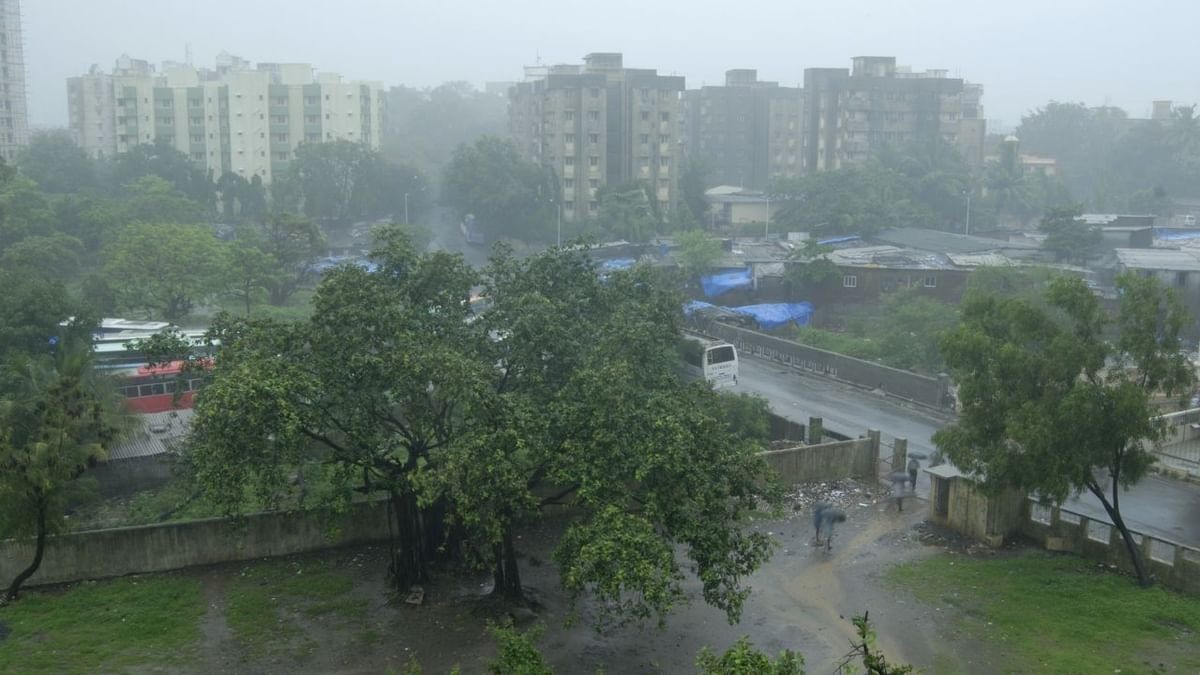
Follow WOWNEWS 24x7 on:
Updated: June 08, 2025 16:15

India has witnessed its wettest May in 124 years, with the country recording an average rainfall of 126.7 mm, according to the India Meteorological Department (IMD). The unusually high precipitation, driven by early monsoon onset and persistent weather disturbances, has reshaped the pre-monsoon climate pattern, making May 2025 one of the most exceptional months in recent history.
Unprecedented Rainfall and Climate Shift
- The IMD reported 1,053 heavy rainfall events across the country, marking the highest number recorded for May since 2021.
- Central India recorded its highest-ever May rainfall at 100.9 mm, surpassing previous records dating back to 1901.
- The southern peninsula saw its second-wettest May in 124 years, with 199.7 mm of rainfall, trailing only behind 2001.
- The all-India rainfall for May exceeded the long-term average by 106 percent, pushing the pre-monsoon season’s total rainfall to 42 percent above normal.
Factors Behind the Record-Breaking Rainfall
- The southwest monsoon arrived earlier than expected, making landfall over the south Andaman Sea on May 13, accelerating rainfall intensity across southern and eastern India.
- Two simultaneous low-pressure systems in the Arabian Sea and Bay of Bengal acted as moisture pumps, amplifying rainfall across multiple regions.
- Western disturbances, typically active during winter, persisted through May, triggering thunderstorms and prolonged downpours over north and central India.
Temperature Anomalies and Cooling Effect
- The average maximum temperature across India was 1.52 degrees Celsius below normal, making May significantly cooler than previous years.
- Central India recorded a sharp temperature drop, with the monthly average maximum temperature settling at 36.63 degrees Celsius, marking the third lowest since 1901.
- The southern peninsula also experienced cooler-than-usual conditions, with temperatures sliding below normal by over 2 degrees.
Industry Perspective
Meteorologists believe that the unusual weather patterns observed in May 2025 could signal broader climate shifts, with increased monsoon variability and changing atmospheric conditions. While the rainfall has provided relief from heatwaves, it has also led to flooding in several regions, prompting authorities to reassess disaster preparedness strategies.
With the monsoon advancing, experts are closely monitoring whether June will continue the trend of record-breaking precipitation, shaping India’s climate trajectory for the rest of the year.
Sources: Indian Express, Moneycontrol, Hindustan Times, IMD.





